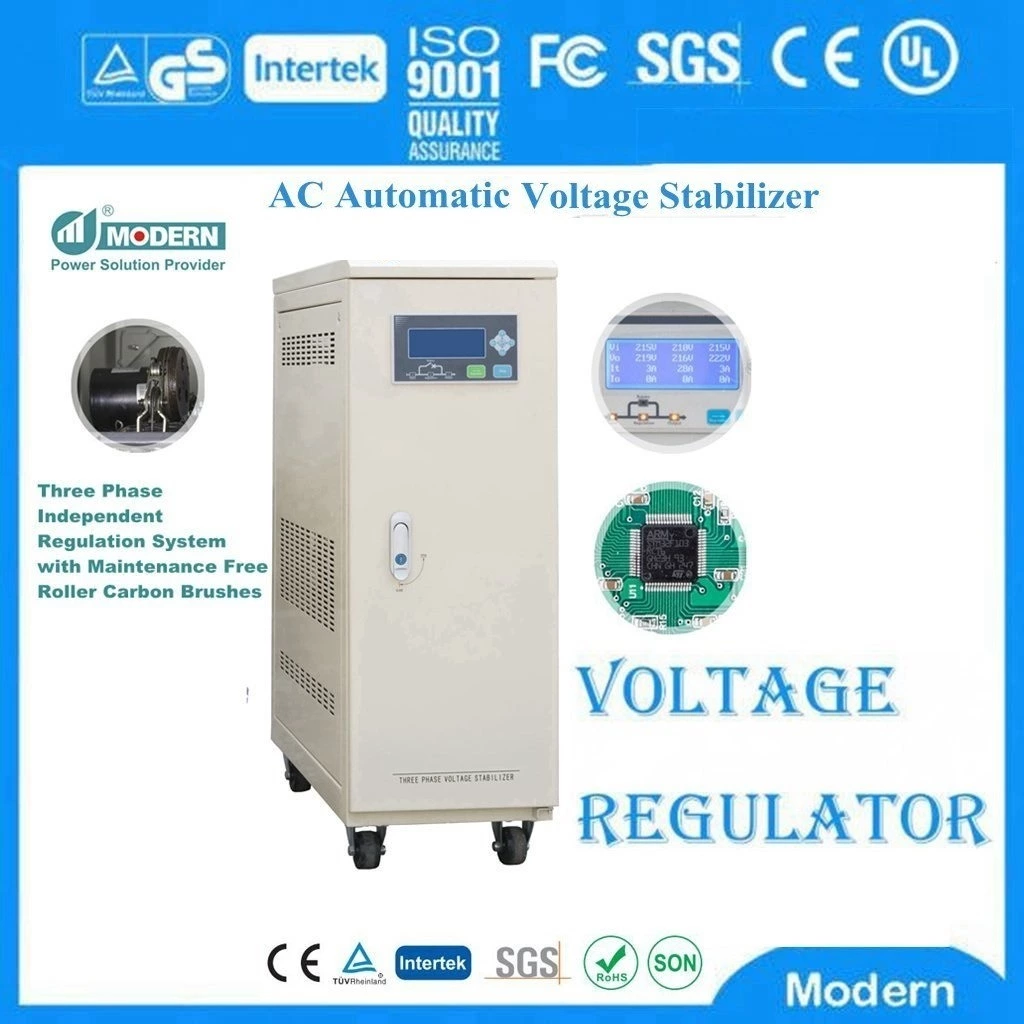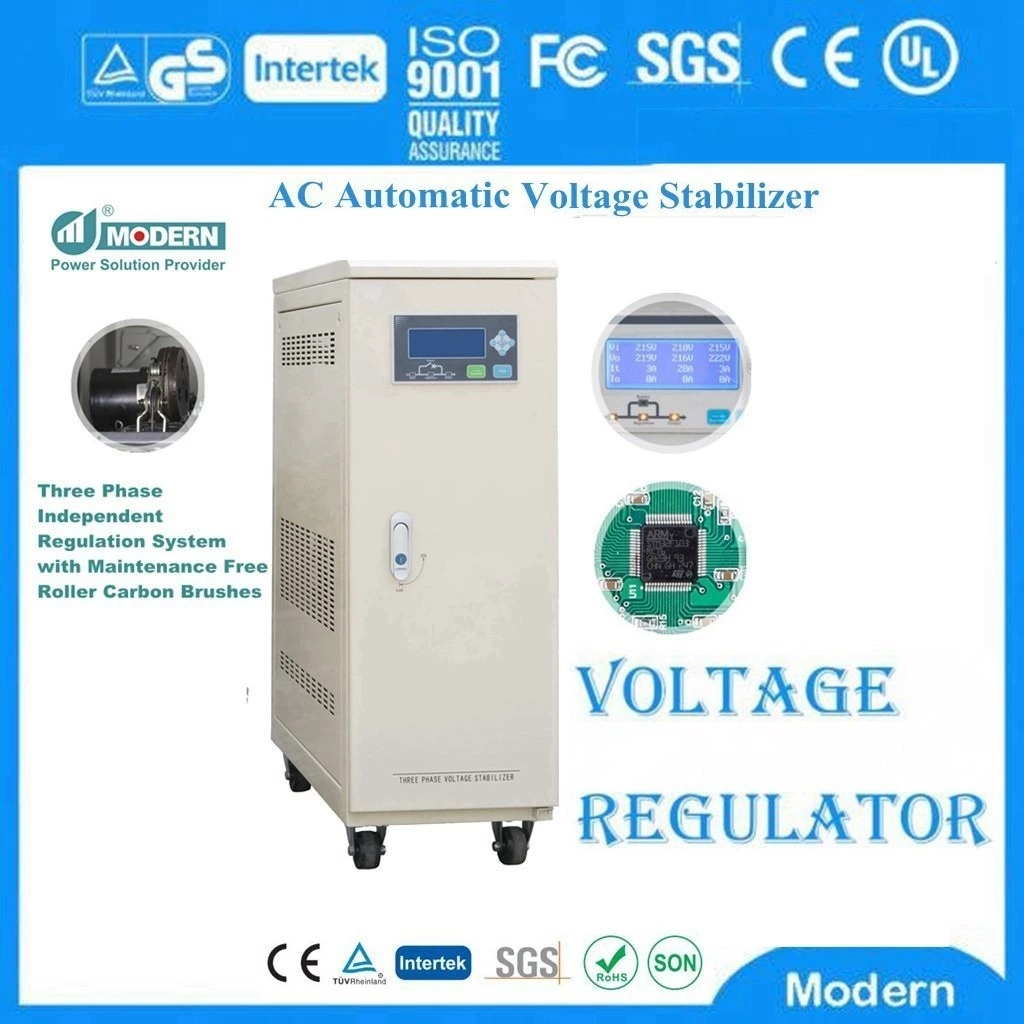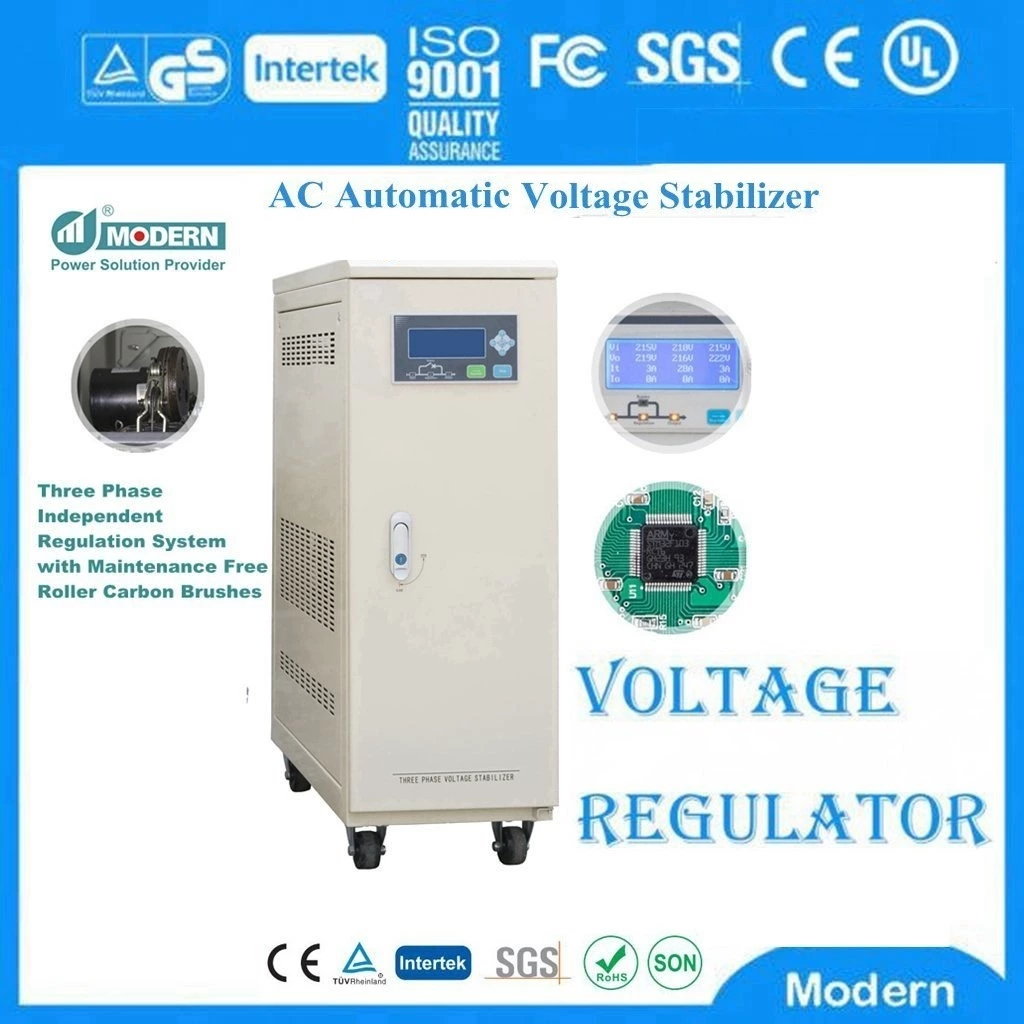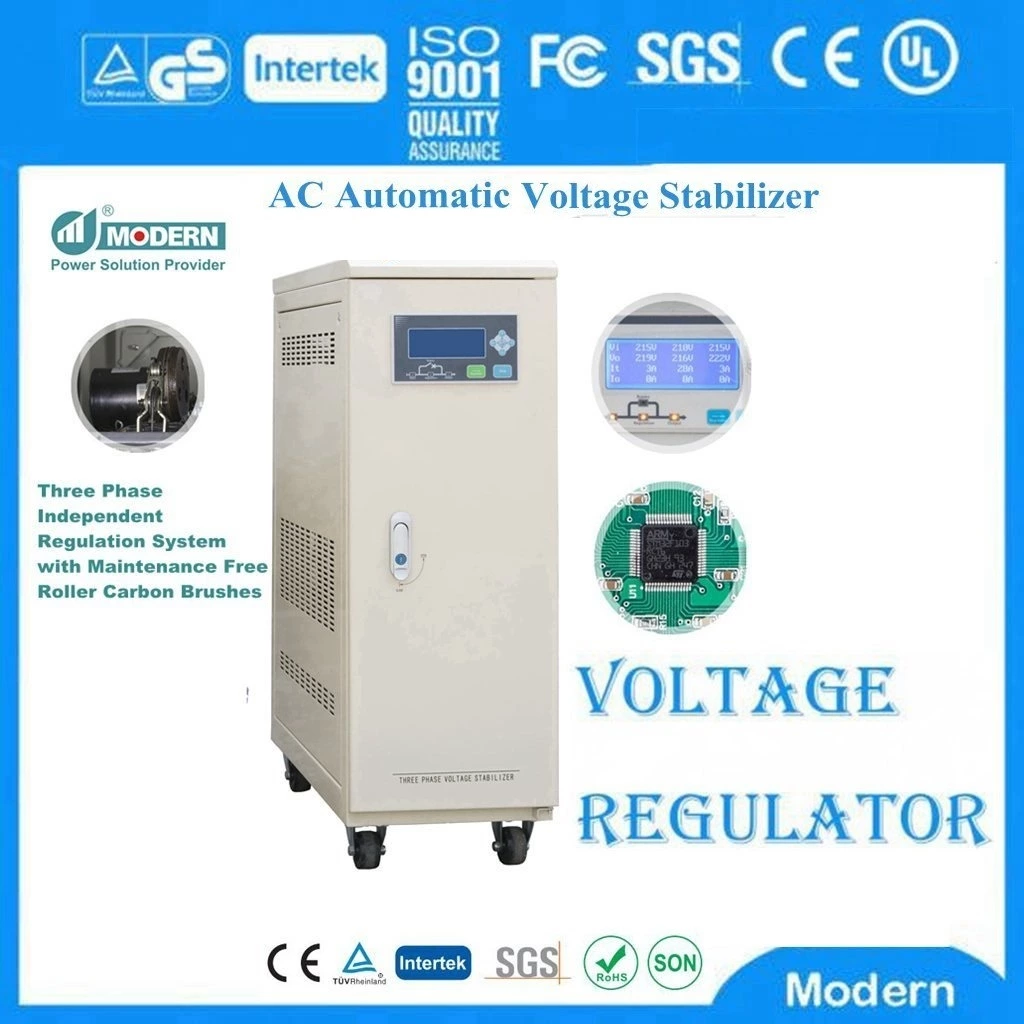Wiring Diagram Of Constant Voltage Transformer
The main function of Constant Voltage Transformer(CVT) is to provide a stable output voltage, and its wiring diagram usually includes a primary winding, a secondary winding, and a capacitor connected to the secondary winding.
Core function
The core function of the constant voltage transformer (CVT) is to ensure that its output voltage remains stable when the input voltage changes. This is due to its special structural design and capacitor configuration.
Detailed explanation
Structural design: CVT adopts a special structural design so that the primary winding and the secondary winding are wound separately from each other, thereby reducing the influence of mutual inductance. This separate design helps to maintain the stability of the output voltage.
The role of the capacitor: In the CVT, a capacitor is connected to the secondary winding. The role of this capacitor is to stabilize the output voltage and make it close to the frequency of 50Hz, thereby ensuring the stability and quality of the output voltage.
Detailed explanation of the wiring diagram
The connection relationship between the primary winding, the secondary winding and the capacitor will be clearly shown on the wiring diagram. This connection method ensures that the output voltage remains stable even when the input voltage changes.
Application scenarios
CVT is widely used in situations where stable voltage output is required, such as power electronic equipment, communication equipment, etc. Its stable output characteristics make it crucial in these applications.
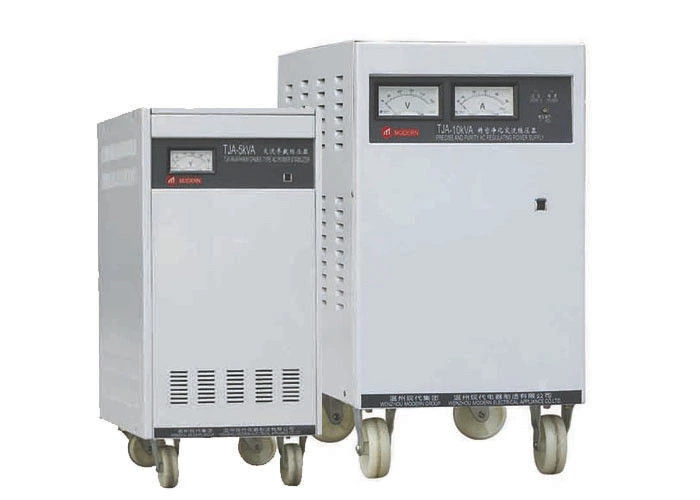
 Русский
Русский
 Français
Français
 Português
Português
 Español
Español
 اللغة العربية
اللغة العربية

